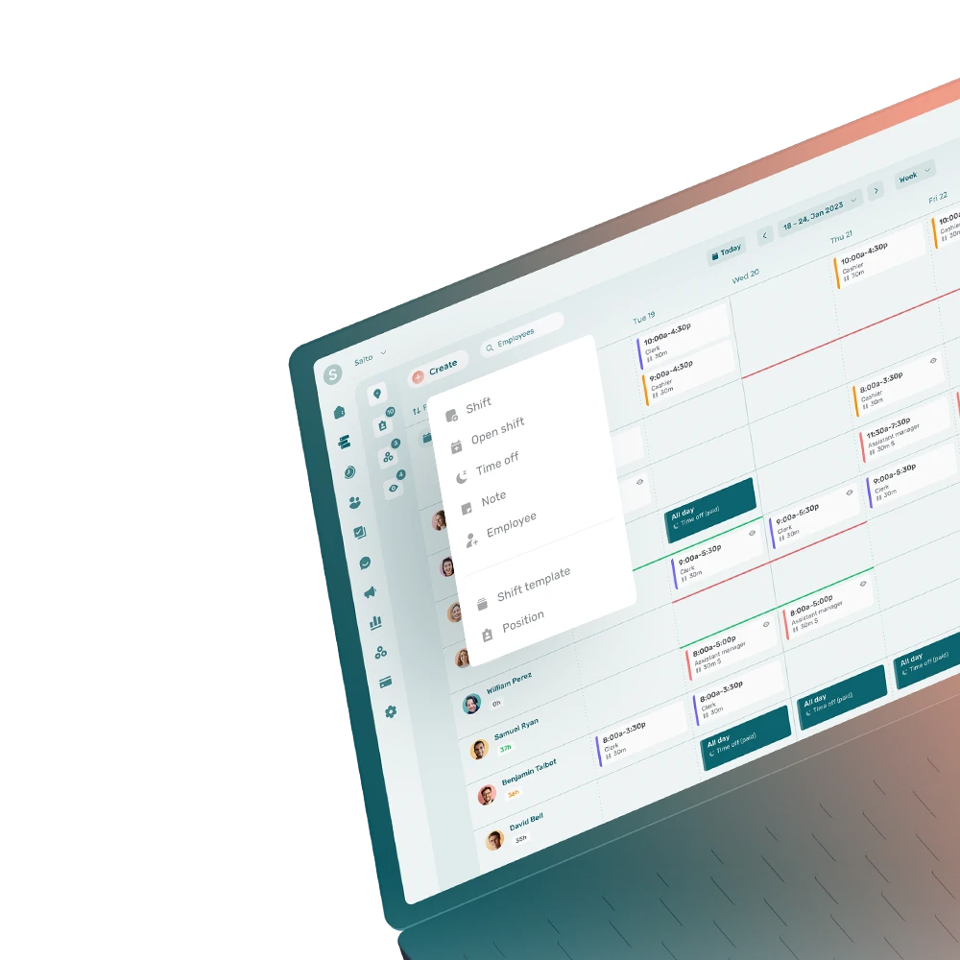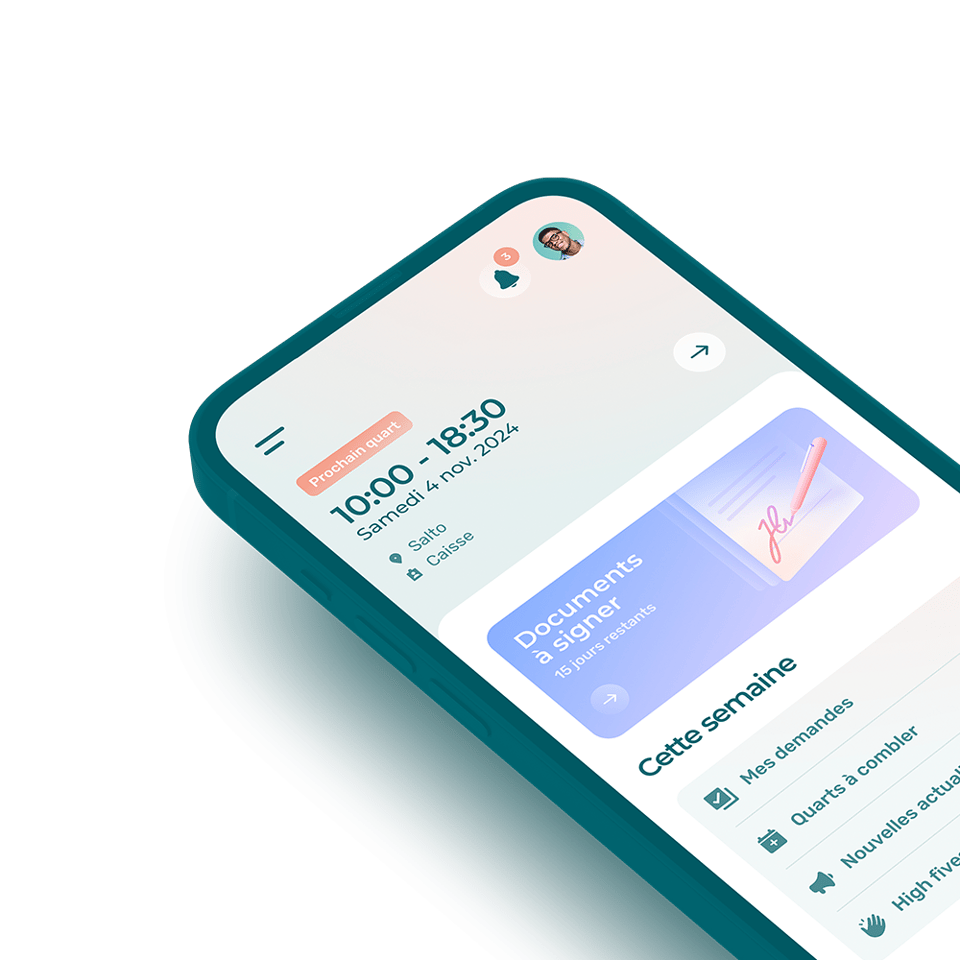The employee lifecycle refers to the various stages that an employee goes through from the first time they hear about a company, to their employment and until they leave.
What Are the Stages of the Employee Lifecycle?
The stages of the employee lifecycle include:
- Attraction: attracting the employee so they apply on open positions
- Recruitment: hiring the employee
- Onboarding: introducing the employee to the company culture
- Retention: keeping the employee satisfied and engaged towards their work
- Development: developing the employee knowledge and skills
- Offboarding: letting go of the employee or getting ready to replace them
- Separation: nurturing the relationship with the employee even after they have left
Each stage can have different goals and objectives.
Why Set Up an Employee Lifecycle Strategy?
Setting up an employee lifecycle strategy allows companies to better retain their talents, to improve their employer brand, and to simplify their recruitment process.
Understanding the employee lifecycle gives important information on how to improve management practices in an organization. It helps companies to identify the needs of their workforce. Then, they can implement strategies to meet the expectations and needs of their employees and increase productivity and engagement.
How to Set Up an Employee Lifecycle Strategy?
The steps to set up an employee lifecycle strategy include:
- Identifying goals and objectives
- Defining each stage of the lifecycle and determining what an employee should expect
- Collecting past and current employees’ feedback
- Analyzing results
- Identifying actions to take
- Presenting the plan to the employees
- Putting the plan into action
- Reviewing the strategy periodically
How to Track the Employee Lifecycle?
The employee lifecycle can be tracked with specialized HR tools. Specialized software can help HR monitor each step of the employee lifecycle with notes, survey results, or self-evaluation, for example.
HR professionals should make sure to keep all the notes in the employee records for future reference.
Why is the Employee Lifecycle Important?
The employee lifecycle is important because it provides valuable insights on employees’ well-being and retention. It helps companies improve employee experience, boost productivity and performance, and attract better talents.
The employee lifecycle encompasses all aspects of the professional life of an employee. It helps identify areas where the organization can improve to have better success.




